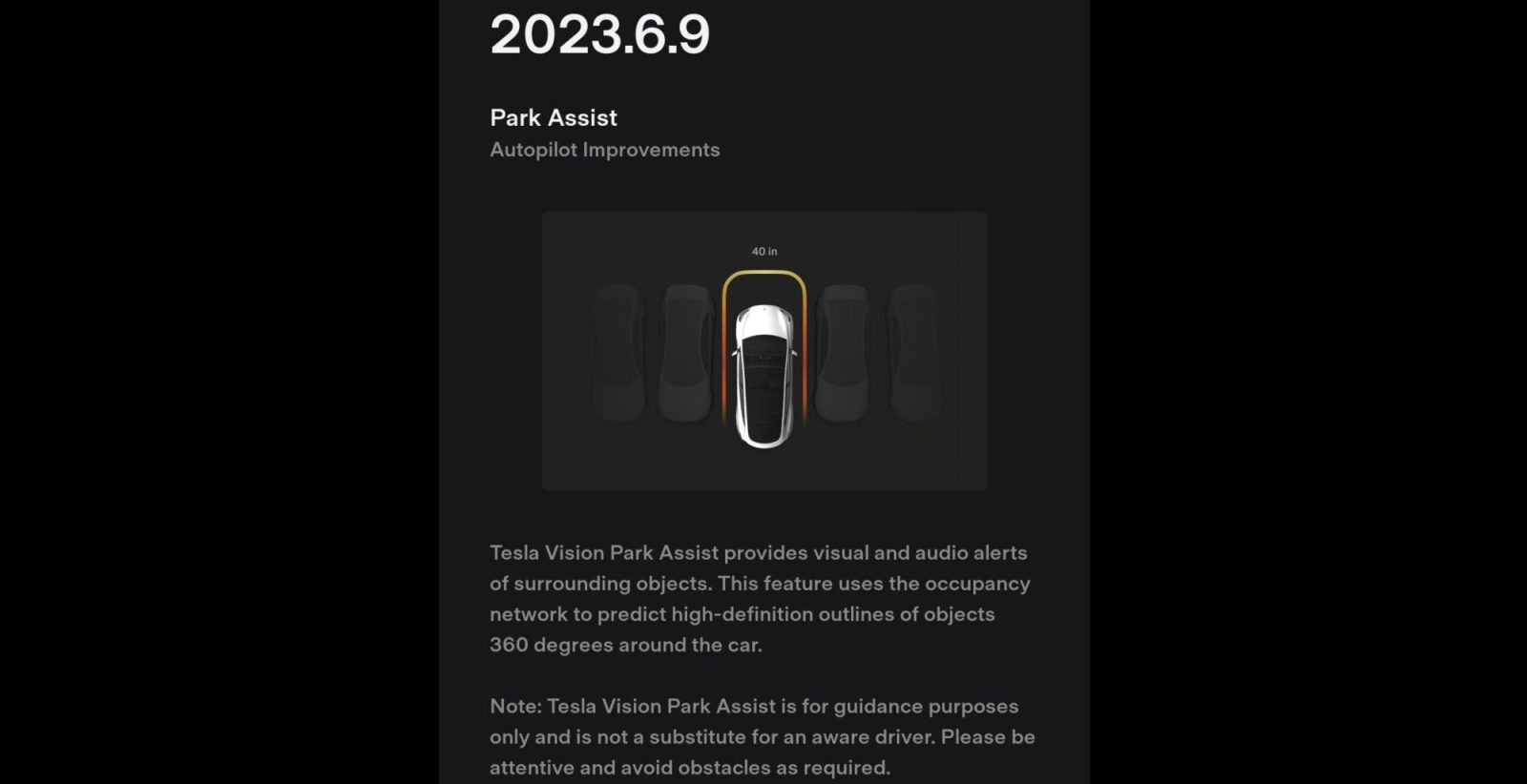Tesla Vision

The software behind Tesla's self-driving car
Tesla Vision an end-to-end computer vision system built with NVIDIA’s CUDA, a parallel computing platform by the graphics processing unit (GPU) maker. The software powers the latest generation of Tesla’s Autopilot and self-driving technology.





